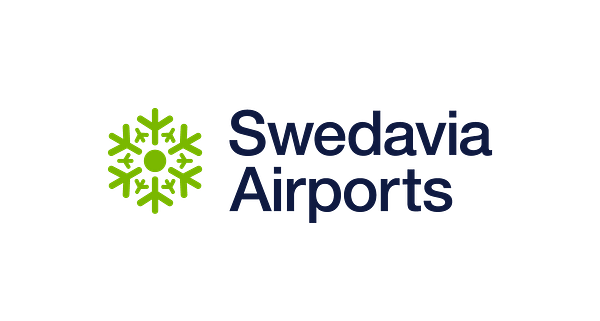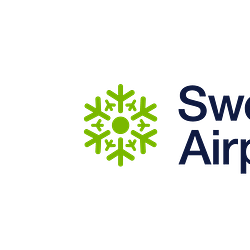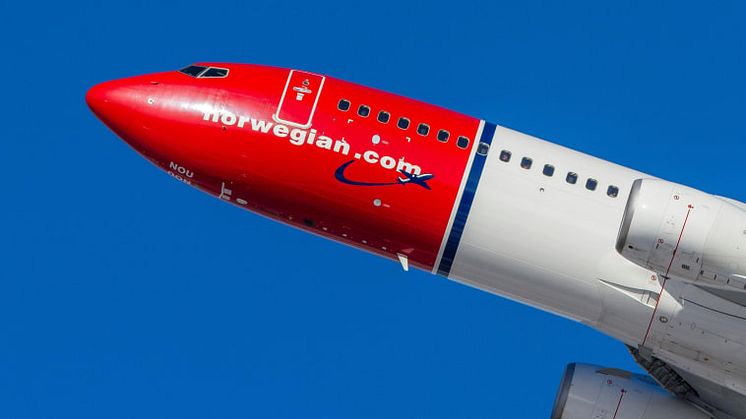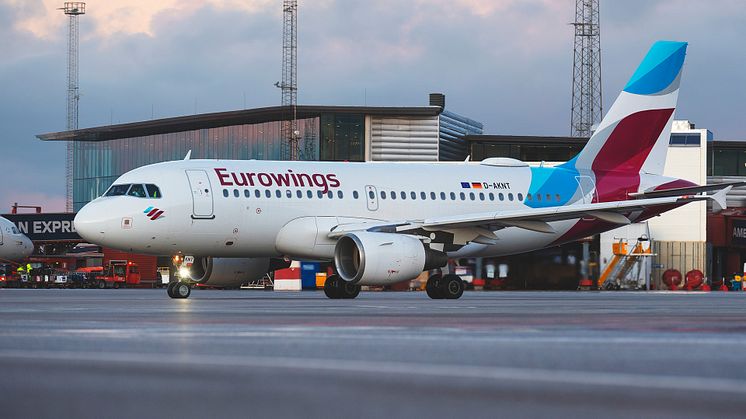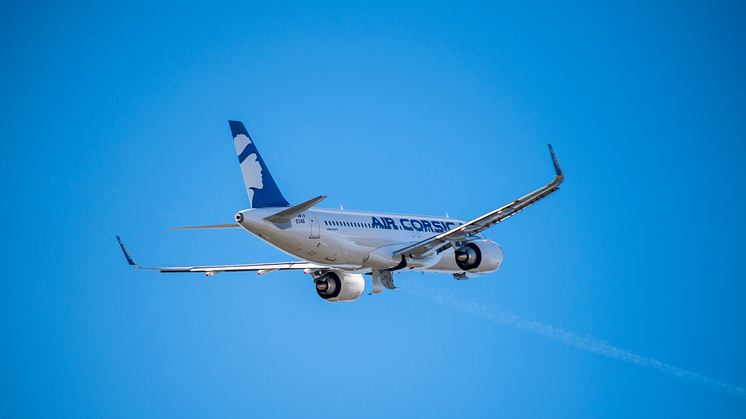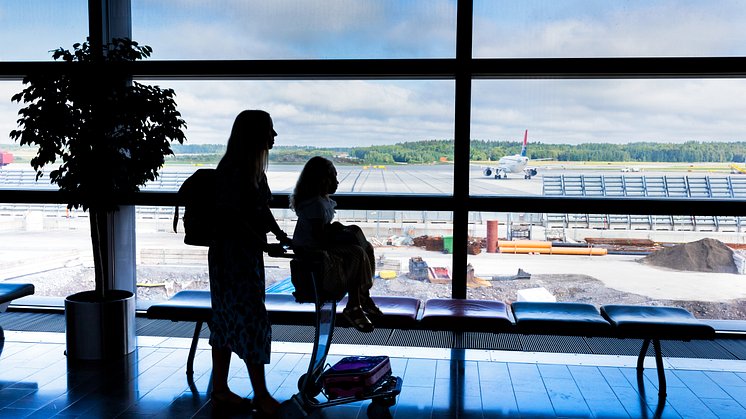
Press release -
Swedavia’s traffic statistics for February 2022
In February, 1.2 million passengers flew via Swedavia’s ten airports, a decrease of 58 per cent compared to February of 2019, which was a normal year. Compared to February 2021, which was also strongly affected by the Covid-19 pandemic, travel increased 335 per cent. The recovery in air travel gathered additional speed in February thanks to the easing of Covid restrictions and the reopening of countries but also due to the increase in travel related to the annual winter break. Events in Ukraine and airspace restrictions due to the conflict have so far had a limited impact on travel.
“After a weak start to the year, air travel saw a gradual increase in February, driven mostly by the easing of restrictions but also by the increase in travel in connection with the annual winter break. The continued easing of restrictions, airlines’ new investments at our airports and pent-up demand for travel are laying the foundation for a strong recovery in the months ahead and especially this summer,” says Jonas Abrahamsson, president and CEO of Swedavia.
“In light of the events in Ukraine, on behalf of Swedavia we would also like to express our deepest sympathy and compassion for the people so tragically hit terribly hard by the war. Our airports have emergency preparedness and well-developed collaborative procedures in place with those agencies involved in order to assist in the community efforts that may now be launched. So far, airspace restrictions and economic sanctions have had a limited impact on air travel, but naturally they could have a greater impact later on,” notes Jonas Abrahamsson.
Of the 1.2 million passengers in February, 786,000 were international passengers and 392,000 were domestic passengers. International travel decreased 56 per cent while domestic travel decreased 61 per cent compared to February 2019, before the pandemic. Compared to February 2021, air travel increased 335 per cent in February, but compared to 2019 there was an overall decrease of 58 per cent.
Sweden’s largest airport, Stockholm Arlanda Airport, had 768,000 passengers in February, which is a decrease of 56 per cent compared to February 2019. In February, international travel decreased 56 per cent compared to the same month in 2019, while domestic travel decreased 57 per cent. Compared to January 2021, travel increased 343 per cent in February.
Göteborg Landvetter Airport had a total of 184,000 passengers in February, which is a decrease of 58 per cent compared to February 2019. International travel decreased 55 per cent while domestic travel decreased 70 per cent compared to February 2019. Compared to February 2021, the increase in passenger volume was 477 per cent.
Bromma Stockholm Airport had about 45,000 passengers in February, which is a decrease of 74 per cent compared to February 2019, but an increase of about 40,000 passengers compared to February 2021, when the airport just had a very few passengers.
Swedavia’s seven other airports all had a much better passenger trend in February compared to February last year, but at levels well below passenger figures in February 2019. Kiruna Airport, followed by Luleå Airport, showed the strongest recovery during the month compared to February 2019.
Air travel at Swedavia’s ten airports has decreased by a total of nearly 63 million passengers since the start of the pandemic 24 months ago.

More detailed information about Swedavia’s traffic figures and statistics is available (in Swedish) on Swedavia’s website: Statistik | Om Swedavia.
For further information, please contact Swedavia’s press office at tel. +46(0)10-109 01 00 or press@swedavia.se.
Topics
Categories
The Swedavia Group owns, operates and develops ten airports across Sweden. Our role is to create the access Sweden needs to facilitate travel, business and meetings. Safe, satisfied passengers are the foundation of Swedavia’s business. Swedavia is a world leader in developing airports with the least possible environmental impact. In 2021, the Group had annual revenue of about 2.7 billion Swedish kronor and nearly 2,300 employees.
